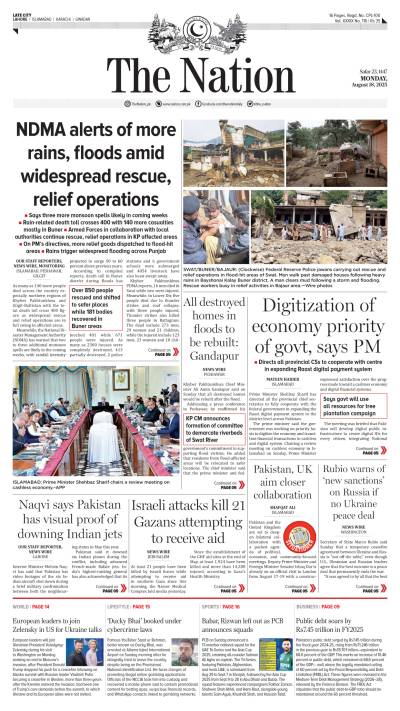The government’s focus on digitising the economy is one of the rare initiatives that deserves applause rather than scepticism. Prime Minister Shehbaz Sharif’s recent reiteration of this strategy underscores a shift towards modernising Pakistan’s economic architecture, something long overdue in a country where paper files and bureaucratic delays have strangled efficiency for decades.
Digitisation, if pursued with consistency, offers both immediate and long-term gains. In the short term, it reduces the friction of doing business, streamlines tax collection, and cuts down on corruption by limiting discretionary power. For the small shopkeeper, the freelancer, or the start-up entrepreneur, this means fewer queues, fewer middlemen, and a faster entry into formal economic channels. Such efficiency is not cosmetic; it reshapes the very way the economy functions.
In the long run, digitisation integrates Pakistan into the global economy in ways no traditional reforms can. A digital economy attracts investment, makes trade more transparent, and gives international partners the confidence that Pakistan is serious about modern governance. For the state, this translates into better fiscal management and wider inclusion in the formal sector. For the individual, it can mean everything from access to microfinance to opportunities in global digital markets.
Of course, sceptics will argue that grand announcements often fizzle into token projects, and history provides no shortage of examples. Yet, one hopes that this time the government realises that digitisation is not a matter of choice but of survival. Without it, Pakistan risks being permanently left behind in a world where economic strength increasingly depends on data, connectivity, and speed.
Ultimately, the people stand to gain the most. A digitised economy is not simply about technology; it is about empowerment, giving citizens access, opportunity, and agency in shaping their economic futures. That, truly, is progress worth backing.







